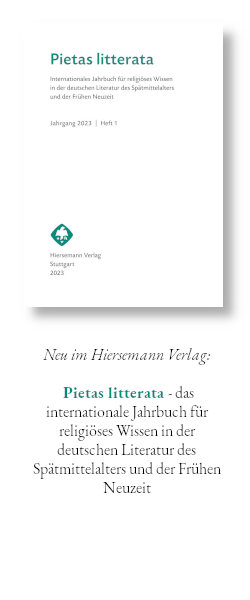A Comparison of Biblical and Classical Latin
DOI:
https://doi.org/10.36191/mjb/2024-59-2-5Schlagworte:
Latin Bible, Sebastian Castellio, Marcus Tullius Cicero, Ciceronianism, Jerome, Linguistics, VulgateAbstract
This article examines numerically – and thus empirically – what scholars have long been seeing as typical differences between Classical (Ciceronian) and Biblical Latin. Sebastian Castellio’s Bible translation into Ciceronian Latin (first published in 1551) serves to provide the main data. His translations of Genesis and the gospels are compared to those of the Vulgate Bible. Automatic lemmatisation and parts of speech (PoS) tagging on Corpus Corporum provide the raw data. A group of Ciceronian texts and some by non-Ciceronian early prose authors (Cato, Varro, Caesar) are compared. Changes in PoS distribution, the use of structure words, and the richness of the vocabulary are detected and briefly discussed. Many differences are as expected, but some do come as a surprise: e. g. in the Bibles words with suffixes and prefixes are rarer. Besides, some parameters are found for which the Ciceronian texts differ from both the Bible translations and other classical Latin. They may show innovations of rhetorical Ciceronian Latin.


